
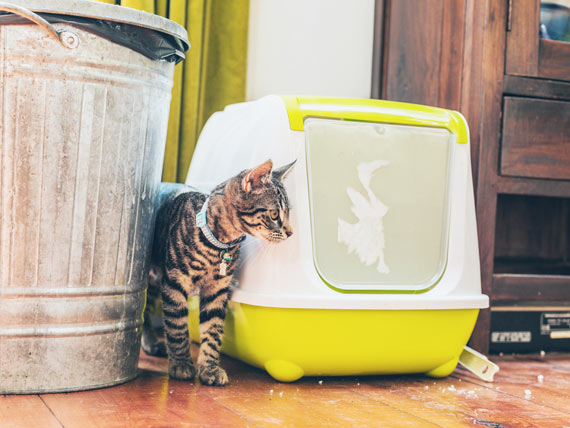
By Jennifer Coates, DVM
Has your cat stopped using the litter box? Is he or she peeing throughout your home? It could be feline lower urinary tract disease, which is commonly diagnosed in cats and has various underlying causes. This can be frustrating for both veterinarians and pet parents. Let’s take a look at how urinary tract disease is diagnosed and how it is best managed.
Feline Idiopathic Cystitis a Feline Lower Urinary Tract Disease (FLUTD) is a diagnosis of exclusion, which means your veterinarian must rule out other diseases (e.g., bladder stones, tumors, and infections) that cause similar symptoms. The first test to be run is a urinalysis on a fresh sample of urine that is taken directly from the cat’s bladder using a needle and syringe. Depending on the results, your veterinarian may also recommend:
Modifications to the diet and home environment are the most important part of managing cats with lower urinary tract disease. Concentrated urine can irritate the bladder wall so one goal of treatment is to increase the amount of water a cat takes in. Often this is accomplished with by providing your cat plenty of cat fresh, clean water as well as a therapeutic canned diet specially formulated to assist in the relief of and/or prevention of urinary obstructions. Should your cat be diagnosed with lower urinary tract disease, discuss with a veterinarian which diet would be best for your cat’s specific needs.
Some scientific studies also point to the important role that stress plays in the development of FLUTD. The most common stressors for indoor cats are:
Male cats with iFLUTD are at high risk for becoming “blocked,” a potentially fatal condition that completely prevents him from passing urine. If your cat is showing signs of discomfort and you aren’t sure that he is urinating freely, call your veterinarian immediately.
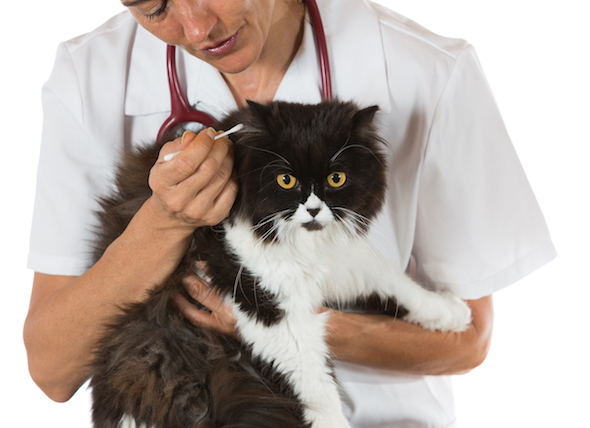 How to Clean a Cat’s Ears
By Elizabeth Xu
Your
How to Clean a Cat’s Ears
By Elizabeth Xu
Your
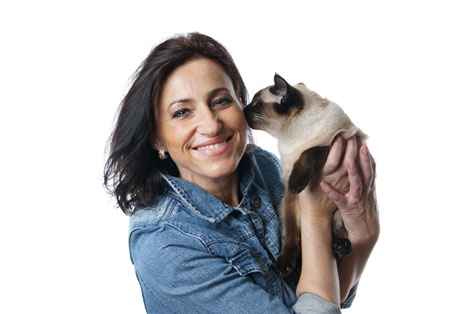 Feed Your Cat with Love, Not Excess Food
By Jessica Remitz
While many pet owner
Feed Your Cat with Love, Not Excess Food
By Jessica Remitz
While many pet owner
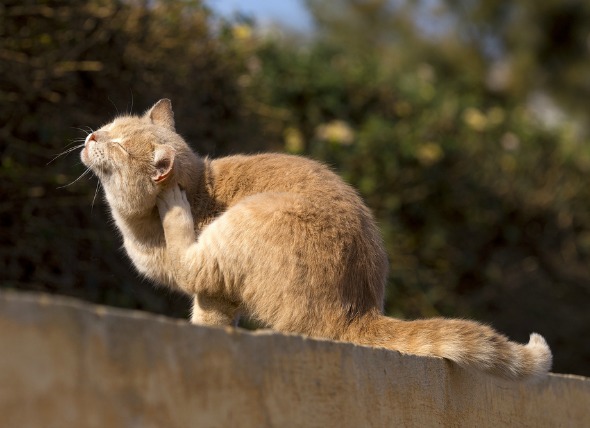 Does My Cat Have Fleas?
How to Inspect and Remove Fleas from Your Cat
&nbs
Does My Cat Have Fleas?
How to Inspect and Remove Fleas from Your Cat
&nbs
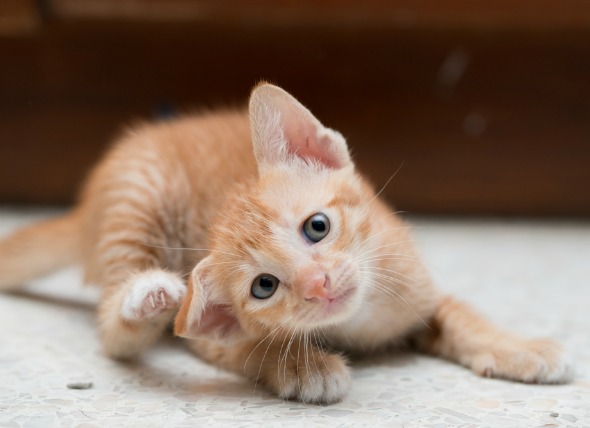 How Did My Cat Get Fleas and/or Ticks?
By Jennifer Kvamme, DVM
If you are a
How Did My Cat Get Fleas and/or Ticks?
By Jennifer Kvamme, DVM
If you are a
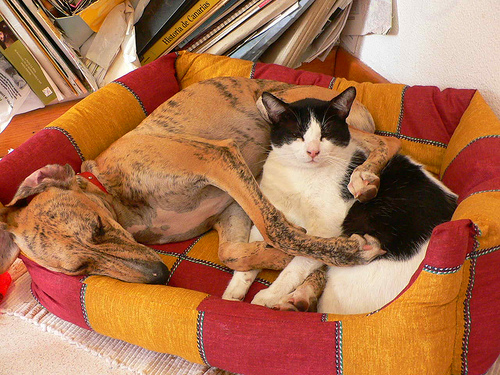 Cats Are Different: How a Cat's Nutritional Needs are Different from a Dog's
Our wonderful life-supporting planet is h
Cats Are Different: How a Cat's Nutritional Needs are Different from a Dog's
Our wonderful life-supporting planet is h
Copyright © 2005-2016 Pet Information All Rights Reserved
Contact us: www162date@outlook.com